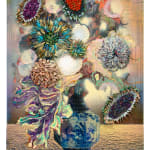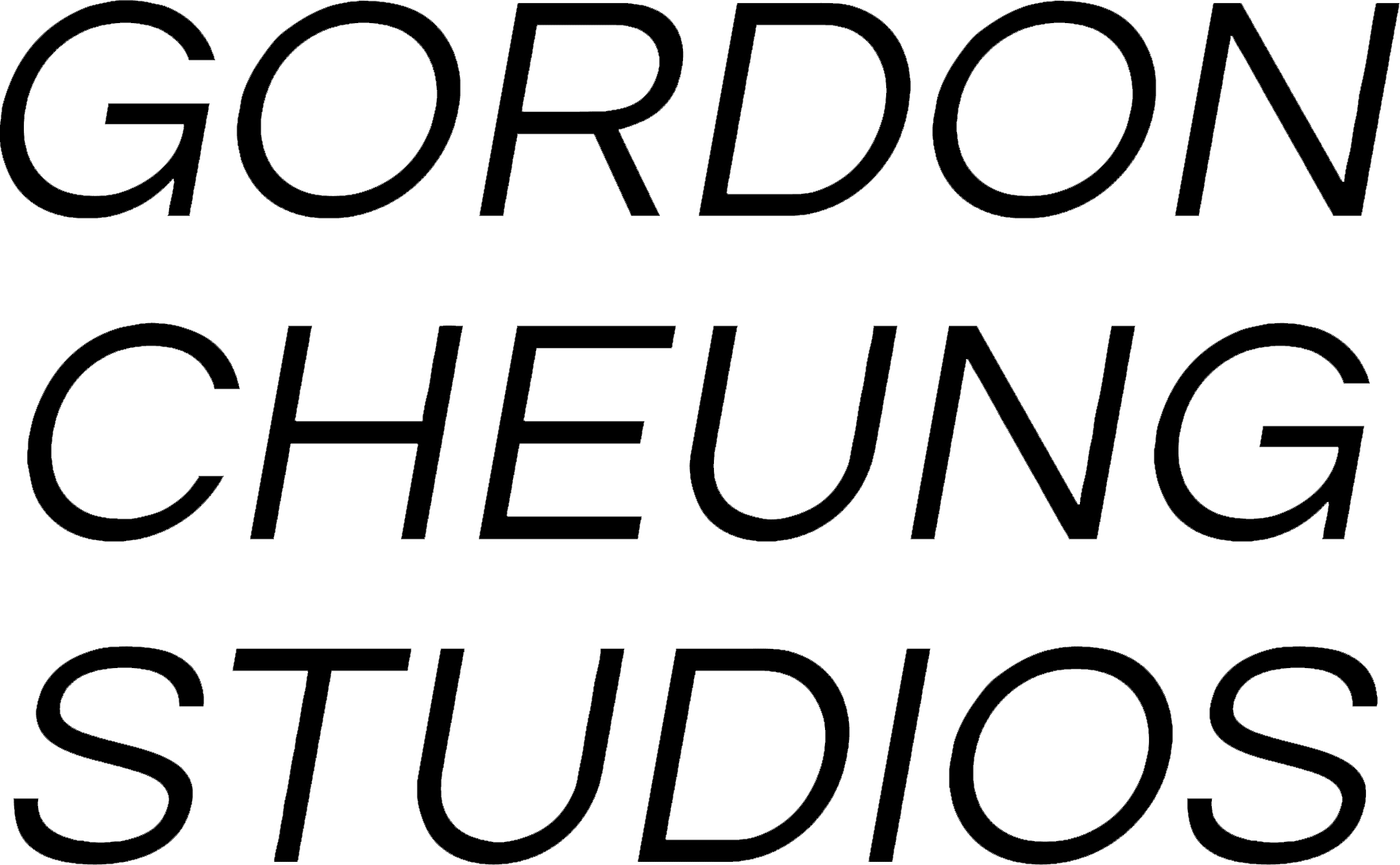-
Artworks
















Augury of Shanghai, 2022
Financial Times newspaper, archival inkjet, acrylic, and sand on linen82 x 57 cm
32 1/2 x 22 1/2 inCopyright The ArtistFurther images
-
(View a larger image of thumbnail 1
)

-
(View a larger image of thumbnail 2
)

-
(View a larger image of thumbnail 3
)

-
(View a larger image of thumbnail 4
)

-
(View a larger image of thumbnail 5
)

-
(View a larger image of thumbnail 6
)

-
(View a larger image of thumbnail 7
)

-
(View a larger image of thumbnail 8
)

-
(View a larger image of thumbnail 9
)

-
(View a larger image of thumbnail 10
)

-
(View a larger image of thumbnail 11
)

-
(View a larger image of thumbnail 12
)

-
(View a larger image of thumbnail 13
)

-
(View a larger image of thumbnail 14
)

-
(View a larger image of thumbnail 15
)

-
(View a larger image of thumbnail 16
)

The 'Augury of China cities' paintings are of top earning GDP Chinese cities, some of which are equivalent to small nations. Reworking Dutch Golden Age still life paintings, Cheung creates...The 'Augury of China cities' paintings are of top earning GDP Chinese cities, some of which are equivalent to small nations. Reworking Dutch Golden Age still life paintings, Cheung creates a time-line between what is considered to be the birth of Modern Capitalism with the Dutch Empire over 370 years ago, the first recorded economic bubble in history (Tulipmania) to the rise of China as the next dominant 21st Century power. In part they are about the rise and fall of civilisations as well as the romantic language of still life painting; futile materialism and fragile mortality reflected by the transient beauty of flowers and also the sanded textures of the cityscapes that suggest an Ozymandian eventuality that grandeur crumbles to sand to poetically meditate on the human condition.Exhibitions
2022, ART021 Shanghai Contemporary Art Fair, Shanghai, ChinaProvenance
Deji Art Museum Collection6of 6 -
(View a larger image of thumbnail 1
)


















